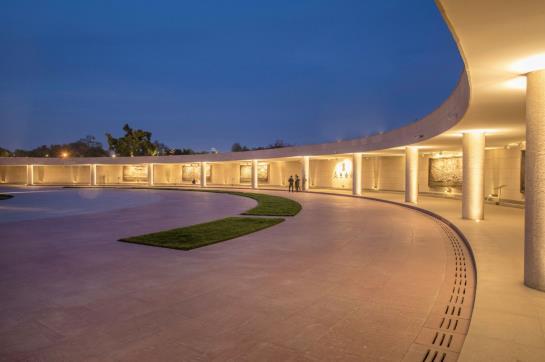
1 minute read
Figure 4-14 The visitors are able to connect to the memories of their loved ones through architecture
from "SET IN STONE"
As the visitors walk through the four concentric circles – the Veerta Chakra, Amar Chakra, Rakshak Chakra and Tyag Chakra of the National War Memorial that is designed as a Chakravyuh, an ancient Indian war formation – they are blown away by the brotherhood among these men in the midst of such diversity and adversity. One couldn’t help but wonder in absolute amazement the sheer grit and mental fortitude these men and women had while defending their motherland to the peril of their lives. Something they had sworn to do.
Memorials are places where loved ones pay a few priceless moments every once in a while with their brave and lost family members, a memorial is intended to be more than just that. It is a place of offering, a place of remembrance and a place of understanding
Advertisement

Figure 4-14 The visitors are able to connect to the memories of their loved ones through architecture. the sacrifices made for one’s freedom. The
National War Memorial symbolizes just that. Children and adults walk around trying to grapple with the magnitude of loss and trauma, while these brave soldiers continued their duty to the nation by reminding us what it means to be truly “Indian” and that our strength lay in our diversity.










